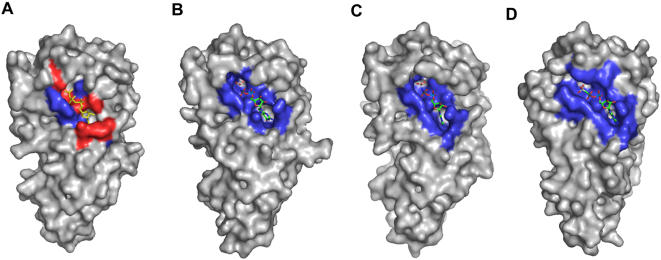Figure 2. Adaptation of FtsY active site to nucleotide during targeting cycle.
Residues in contact within 4 Å of nucleotide are shown in blue. Residues clashing with nucleotide position are shown in red (contacting distance ≤2.5Å). (A) Apo FtsY with docked GMPPNP (yellow) from FtsY - GMPPNP/Mg position. The active site is not formed to have extensive contacts with the putative position of nucleotide. The P-loop, motif III, motif IV and closing loop all contain residues that are in position to “clash” with the nucleotide. (B) FtsY in complex with GMPPNP (green cpk). The active site shows limited contacts (blue) with the nucleotide. The residues of the conserved motifs that were in position to clash with the nucleotide in the apo structure are now repositioned favorably to interact with the nucleotide. (C) FtsY in complex with GMPPNP (green cpk) in presence of Mg2+ . The active site contacts are more extensive than in the complex with GMPPNP without Mg2+. (D) FtsY in complex with Ffh and GMPPCP (green cpk). The active site pocket contains contacts that are more extensive than in the monomer FtsY structures.

